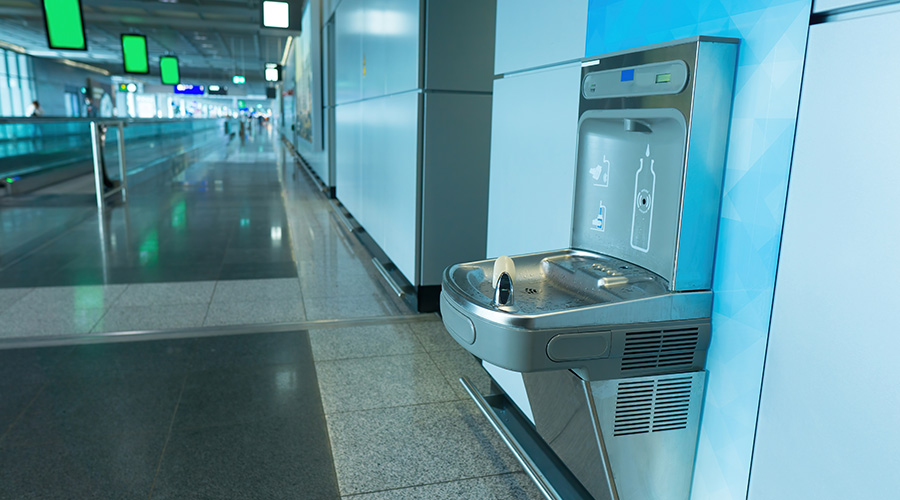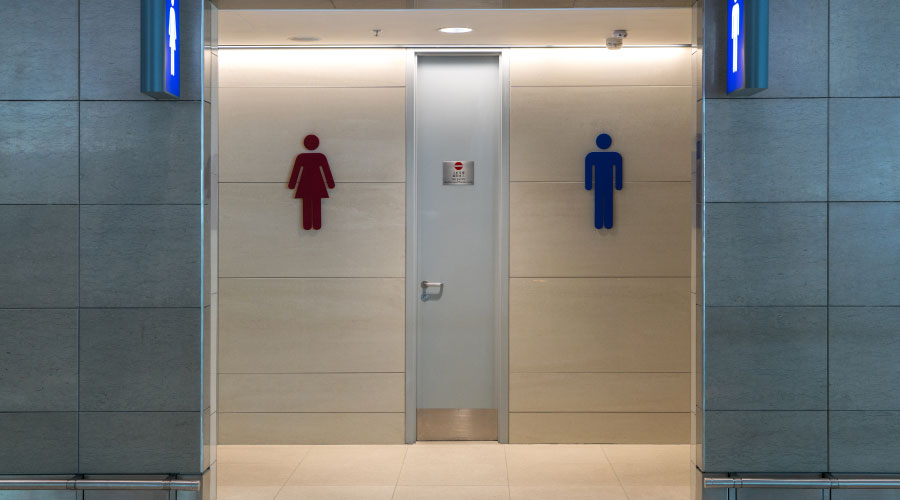Regular Recordkeeping, Inspections Minimize Drain Cleaning Problems
Two essential tactics for minimizing or preventing drain and plumbing problems are good recordkeeping and inspections using fiber optic drain and sewer video cameras.
Good recordkeeping consists of developing a complete chronological history of drain cleaning occurrences. This is not always easy to do, given daily workloads, but its value is immeasurable. It only takes a few minutes if technicians do it when the information is fresh in their minds.
Trying to recall events after the fact is difficult and likely will cost more in time and money. "Where was that last blockage in this drain? How did we clear it? Which tools did we use? Does the job require a manual or powered hand tool for sink or toilet? Is this a job for a drum, sectional or rodder machine or a water jetter?" Good records answer all of these questions and more.
It also is invaluable to know about repeat occurrences of the same blockage in the same location. Such information can highlight opportunities to improve drain design, provide added cleanout plugs, or communicate with users to avoid problems in the future. If a kitchen drain often becomes blocked with grease, fats, and oils, technicians can develop a plan to keep these materials out of the drain system that will pay dividends. Changing laundry habits by using less detergent saves both detergent and drain cleaning costs. Reminding occupants not to use a toilet as a wastebasket will reduce blockages and overflows, and it will save money.
Technicians can use fiber optic cameras in several ways to improve drain condition and flow. Periodic checks before a blockage occurs can provide valuable information about the location and frequency of drain cleaning in order to prevent blockages, backups and overflows. Technicians also can use this type of inspection to identify the location of a blockage and its cause. The location also indicates the amount of cable the technician needs to reach the blockage, and the cause indicates the kinds of accessories needed to clear it. A tree root requires a saw-tooth accessory to penetrate it, while a soft object, such as a rag, requires a balloon-shaped corkscrew accessory to grasp it and pull it from the drain.
Thomas A. Westerkamp is a maintenance and engineering management consultant and president of the work management division of Westerkamp Group LLC.
Related Topics:













